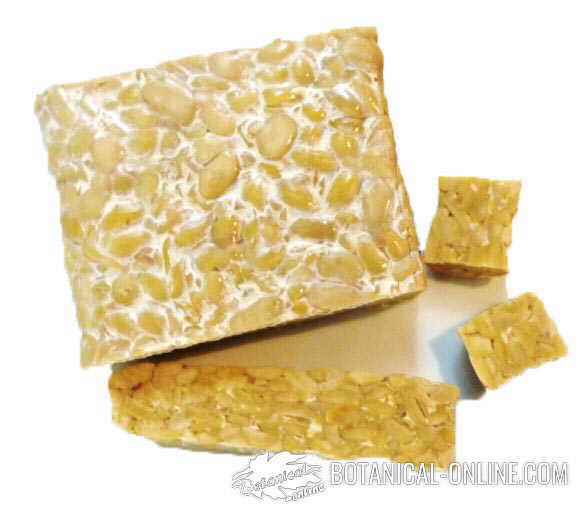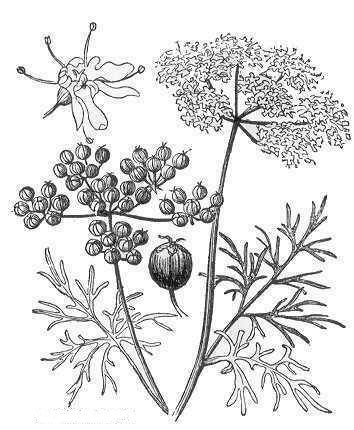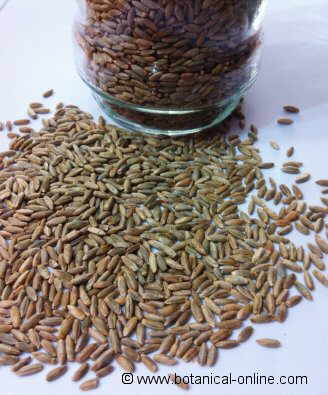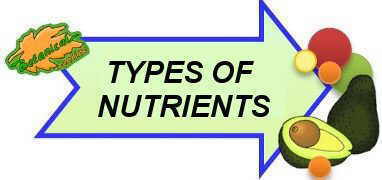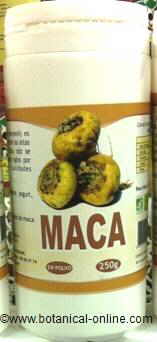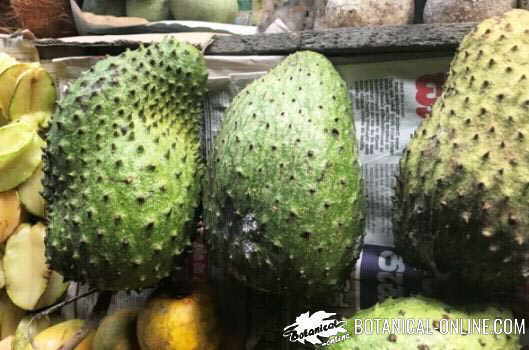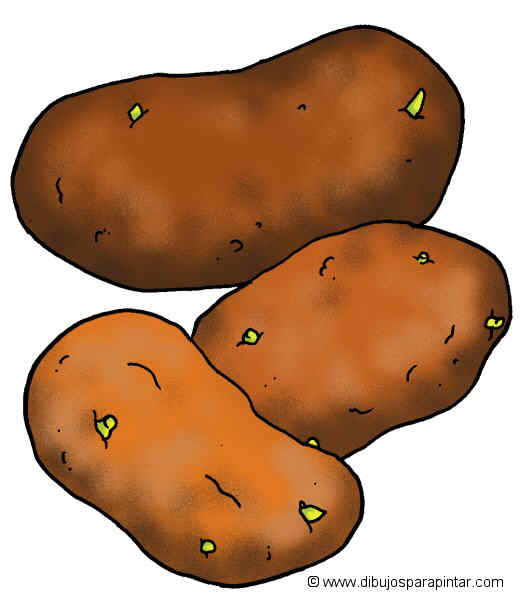Contents
Lettuce as food
WHAT IS LETTUCE GOOD FOR?
Is lettuce a healthy food?
Lettuce (Lactuca sativa) is a very light and healthy food, so you should not miss it in your table regularly.
Lettuce edible plant leaves are mainly consumed in salads. They have a smooth and refreshing taste, which can vary between different varieties, as well as their shape and their color.
Lettuce belongs to the Compositae family, being a a relative of dandelion, marigold and chicory.
Why should we eat a lot of lettuce?
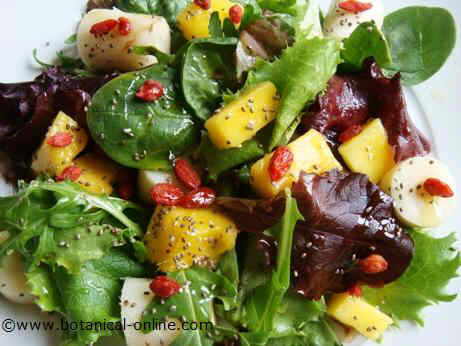
In the photo: tropical salad of acai with, lettuce mango, goji berries, chia seeds and palm hearts.
Lettuce is a very light vegetable that provides little more than 10 calories per 100g.,becoming one of the lowest calorie foods.
By volume, lettuce salads help satisfy your appetite and are highly recommended for people who need to lose weight.
The main component of the lettuce is water, which accounts for 95% of its weight. It is very refreshing and appropriate especially in summer when you should increase your water intake.
It is not a significant source of fat, protein or carbohydrates, so that, in general, lettuce can be consumed almost with no limit on any diet, including diet for diabetes.
One of the most important components of lettuce are the carotenoids. The carotenoids are converted in the body into vitamin A, with properties to protect the digestive mucosa, improve skin health and vision. For these purposes, it is recommended to combine it in a salad with carrots.
Lettuce contains very little sodium, which makes it very suitable for people with heart problems, hypertension or cholesterol diets and generally lowsalt diets.
Its leaves contain a suitable active substance called lactucin with tonic and sedative properties when there is anxiety, stress or compulsive hunger.
Lettuce is not too rich in vitamin C, as there are many more rich vegetables that it. If you want to prepare a salad rich in vitamin C, you can add raw peppers, radishes, cabbage, a few leaves of arugula, and season with lemon juice, as these foods are richer in this vitamin.
How to eat lettuce?
Lettuce is a food that should be present in our tables usually. It is usually eaten raw in salads, providing a very refreshing dish. The inner leaves, although they may be more palatable, present fewer carotenoids that stronger external green leaves.
Nutritional composition of lettuce
| Composition of lettuce per 100g. | |
| Water (g) | 95,5 |
| Calories (Kcal) | 13 |
| Fats (g) | 0,2 |
| Carbohydrates (g) | 2,3 |
| Proteins (g) | 1,2 |
| Fiber (g) | 1 |
| Potassium (mg) | 257 |
| Phosphorus (mg) | 23 |
| Sodium (mg) | 5 |
| Calcium (mg) | 32 |
| Selenium (mcg) | 0,2 |
| Magnesium (mg) | 13 |
| Vitamin C (mg) | 8 |
| Vitamin A (UI) | 970 |
| Vitamin B6 (mg) | 0,05 |
| Thiamin (mg) | 0,06 |
| Riboflavin (mg) | 0,06 |
| Niacin (mg) | 0,3 |
| Folic acid (mcg) | 215 |
![]() More information on lettuce.
More information on lettuce.

